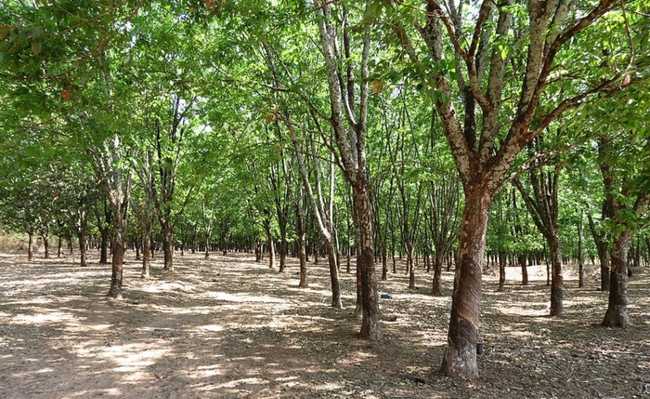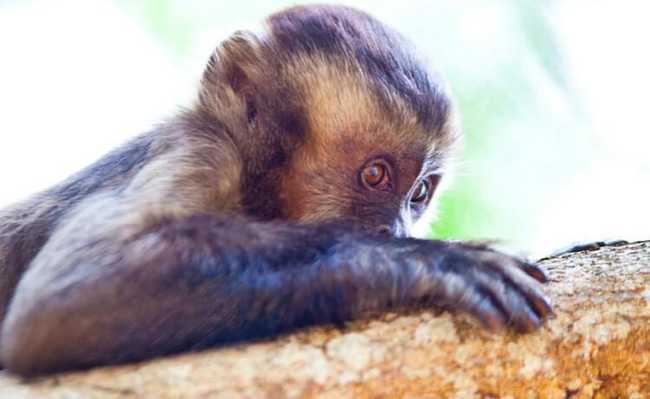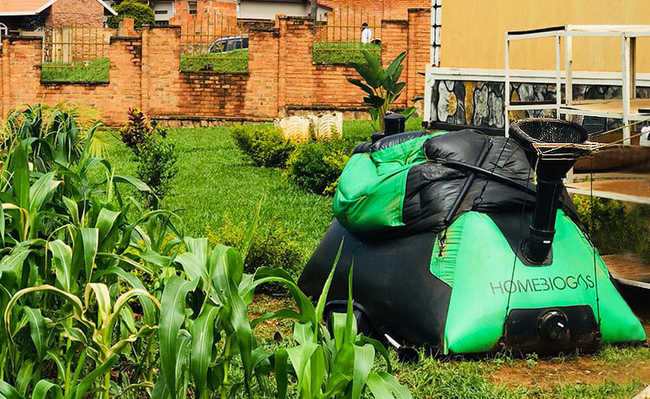What is biopiracy?
Biopiracy is the use of natural resources or traditional knowledge without authorization or profit sharing

Edited and resized image by Miguel Rangel is available on Wikimedia under CC BY 3.0
Biopiracy is the name given to the illegal exploitation and use of natural resources or traditional knowledge about these resources. Animal trafficking, the extraction of active principles and the use of knowledge from indigenous populations without State authorization are examples of biopiracy.
Due to its enormous biodiversity, Brazil is a constant target of biopiracy. According to the National Network to Combat Wild Animal Traffic, approximately 38 million animals from the Amazon, Atlantic Forest, the flooded plains of the Pantanal and the semi-arid region of the Northeast are illegally captured and sold, which yields around 1 billion of dollars per year.
- Illegal Parrot Trade Fuels Pet Market
Another factor that contributes to biopiracy in Brazil is the lack of specific legislation. The action of “biopirates” is facilitated by the absence of legislation that defines the rules for the use of Brazilian natural resources. In addition to ignoring territorial sovereignty, biopiracy allows the country's genetic and biological heritage to be exploited by international greed.
Thus, biopiracy is an activity that causes economic and environmental damage to a country. It is worth noting that the term biopiracy has been modified by the World Intellectual Property Organization (WIPO) to biogrilagem, which refers to acts of appropriation of traditional knowledge.
What is biopiracy?
According to the definition of the Brazilian Institute of International Trade, Technology, Information and Development Law (CIITED), biopiracy consists of the “act of accessing or transferring genetic resources and/or traditional knowledge associated with biodiversity, without the express authorization of the State from where the resource was extracted or from the traditional community that developed and maintained certain knowledge over time”. In other words, it can be said that biopiracy is the theft of natural resources and traditional knowledge.
Illegal exploitation of natural resources and traditional knowledge causes great damage to a country, both economic and environmental. With regard to the economy, the country suffers because the marketing of products generates profits that are not shared fairly between the resource holder and traditional communities. Biopiracy also damages the environment, as this type of practice does not respect any rules, so that the extraction of resources can put the biodiversity of an area at risk.
Biopiracy in Brazil
The environmental and Indian activist Vandana Shiva suggests that biopiracy in Brazil began at the time of the discovery, when there was an intense exploitation of pau-brasil. This species, which was used by the indigenous people to manufacture dyes, was taken to Europe by the Portuguese, a process that gave rise to the exploration of the plant and the use of traditional knowledge.
Due to intense exploitation, the tree entered the list of endangered species in 2004. Today, it is protected by law and cannot be cut from forests.
There is still a large unauthorized exploitation of natural resources in our country. With advances in the area of biotechnology, exploration has become even greater, since transporting genetic material is “simple” than transporting an animal or a plant, for example.
Convention on Biological Diversity
The Convention on Biological Diversity (CBD) is a treaty of the United Nations and one of the most important international instruments related to the environment. The Convention was established during the notorious Eco-92 - the United Nations Conference on Environment and Development (UNCED), held in Rio de Janeiro in June 1992 - and is today the main world forum for issues related to the theme.
Its objective is "the conservation of biological diversity, the sustainable use of its components and the fair and equitable sharing of benefits derived from the use of genetic resources, including through adequate access to genetic resources and the adequate transfer of relevant technologies, taking into account all rights to such resources and technologies, and with adequate funding”.
The CBD also obliges the signatory countries to "respect, preserve and maintain the knowledge, innovations and practices of local communities and indigenous populations with traditional lifestyles relevant to the conservation and sustainable use of biological diversity", as well as "encourage fair sharing and equitable benefit from the use of this knowledge, innovations and practices”.
Examples of biopiracy in Brazil
The Amazon Forest is the main target of biopiracy in Brazil. One of the most famous examples of this practice in the country occurred with cupuaçu. Japanese companies patented the fruit and registered a chocolate made from cupuaçu seeds, called cupulate. Therefore, Brazil could not export the product using the name cupuaçu and cupulate without paying royalties. However, this product had already been created by Embrapa and a great mobilization was made to break the patent. Fortunately, the Japanese patent was broken in 2004.
Another example of biopiracy happened with the rubber tree, a tree native to the Amazon Forest from which the latex used to make rubber is extracted. Brazil was once a leader in rubber production, but in 1876 an English explorer smuggled around 70,000 seeds, which were planted in Malaysia. In a short time, Malaysia became the main exporter of rubber.
The main consequences of biopiracy for Brazil are:
- Loss of biodiversity;
- Species extinction;
- Ecological imbalance;
- Socioeconomic losses;
- Underdevelopment of national scientific and technological research.
Policies to combat biopiracy must be implemented, protecting Brazilian biodiversity from this action. It is also necessary that there be investments to carry out research, providing the development of new products through the use of natural resources found in the country. For environmentalists, the fight against biopiracy will only be effective when the Convention on Biological Diversity, which remains unsigned by the United States and other countries holding large numbers of patents, enters into force.










